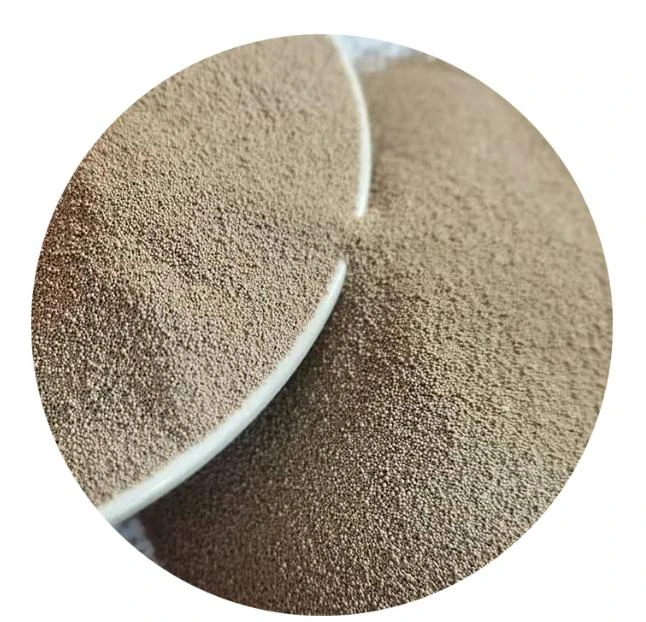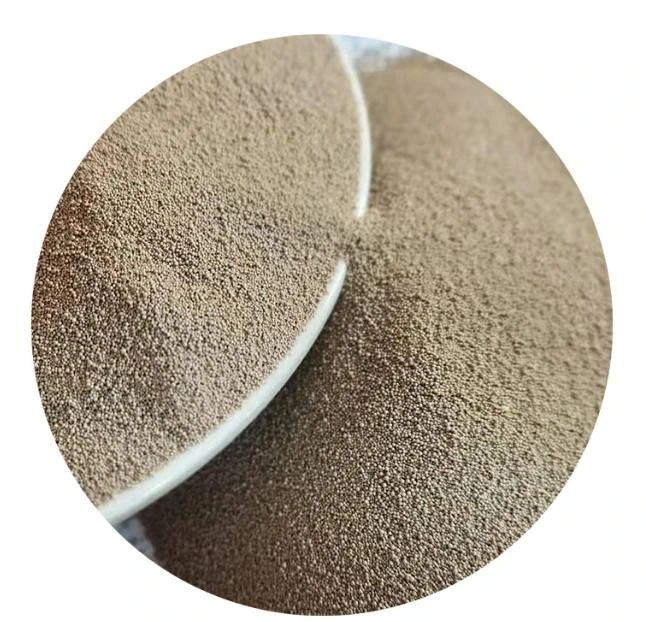

Trustworthiness is built through meticulous attention to safety and environmental considerations when sanding ceramics. The sanding process generates dust that can pose respiratory hazards if not properly managed. Employing appropriate personal protective equipment, such as masks and goggles, is key to safeguarding workers' health. Additionally, implementing dust collection systems within manufacturing facilities not only protects workers but also ensures compliance with environmental regulations, thus enhancing the credibility of a ceramic product supplier. In practical applications, sanding plays a pivotal role in the repair and restoration of ceramic items. Skilled artisans use sanding as a technique to refurbish antiques and fine art, breathing new life into priceless pieces while maintaining their original charm. This meticulous process involves a combination of manual skills and an in-depth understanding of the ceramic's historical and cultural significance. Another interesting aspect is the role of sanding in experimental and cutting-edge ceramic technologies. For example, in the burgeoning field of additive manufacturing, sanding is used to refine 3D-printed ceramic components. These components often emerge from print beds with rough surfaces that require sanding to meet the precise tolerances needed for final assembly in high-tech products. In conclusion, sanding ceramic is more than a simple preparatory step; it is an art and science that demands expertise, authoritative adherence to industry standards, and a commitment to trustworthiness in both safety and environmental responsibility. Whether for aesthetic refinement, structural integrity, or specialized technological applications, this process is integral to the value and performance of ceramic products in diverse fields. Post time:ມ.ກ. . 09, 2025 12:40
Next:ceramic sand
